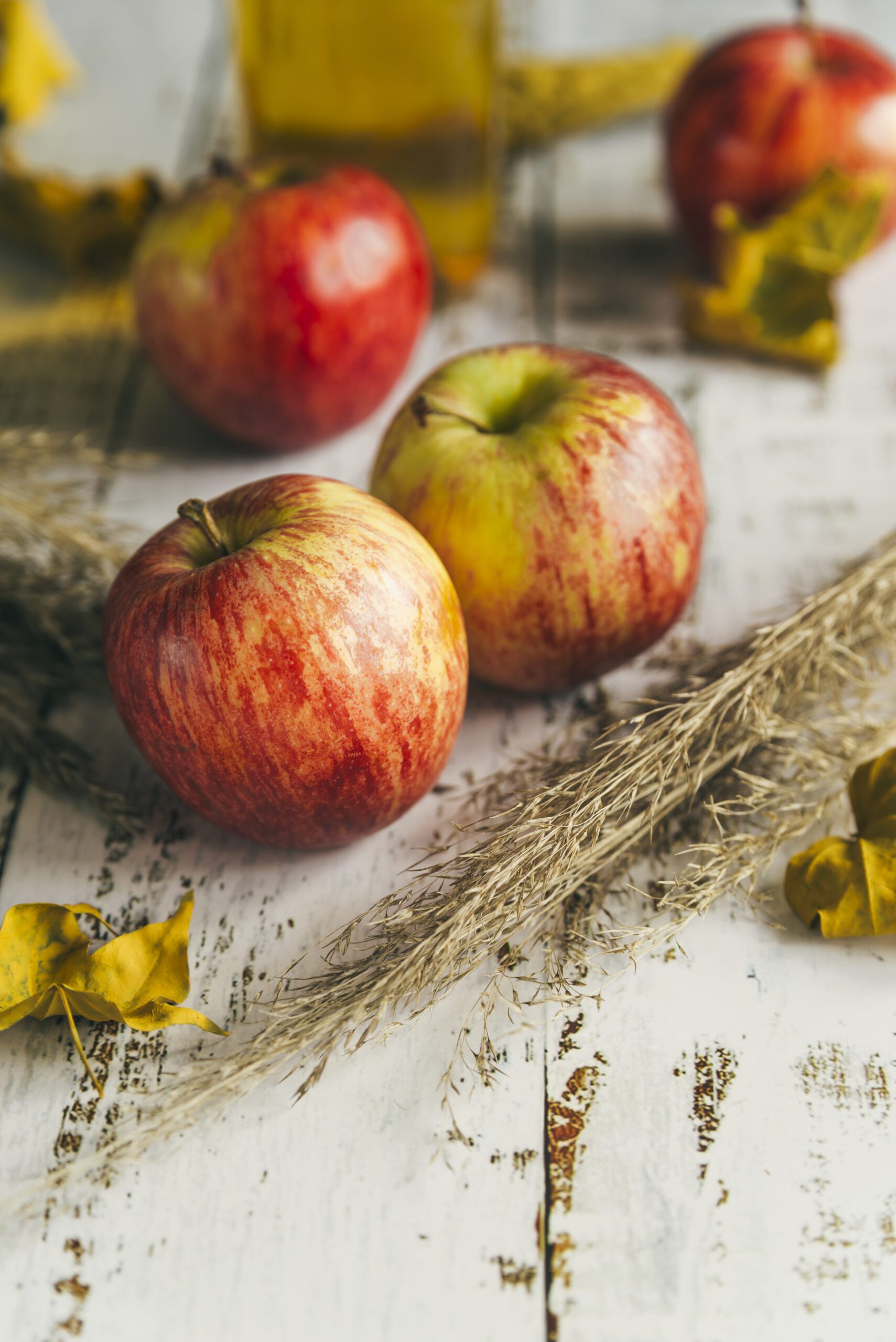A Brief History
France’s favourite fruit
Appearing on Earth millions of years ago in Asia, the first traces of the apple tree found in Europe date back to the Neolithic period. Its fruit is thought to be a cross between the meadowsweet (a perennial plant in the Rosacea family) and the plum tree.
Already cultivated by the Egyptians around 1300 B.C., the Romans went on to cultivate it and spread it throughout their Empire. At the time, there were some 30 varieties, some of which disappeared with the fall of the Roman Empire.

Fortunately, in the Middle Ages, apples made a comeback, particularly in soup. Charlemagne ordered that every farm should have apple trees to make cider.
Did you know?
The word “ointment” comes from the word “apple”. In the Middle Ages, apples were mashed and applied as ointments to wounds.
As time went on, various varieties were developed, and by the 16th century, there were around a hundred in France.
Today, there are several thousand different types of apple. Some of them are selected according to different criteria, such as taste, ease of cultivation, shelf life, etc.Famous apples
Throughout history, apples have become famous for more or less positive reasons.
The first, and certainly the best-known, is Adam and Eve’s apple, the fruit of original sin. In fact, the word apple comes from “pomum”, Latin for “fruit”.
The apple of William Tell, who, for refusing the imperial authority imposed on him, had to shoot an apple off his own son’s head with a crossbow.
The apple poisoned by Snow White’s stepmother plunged her into a deep sleep, from which she was awakened by the arrival of a Prince.
Did you know?
The story of Snow White is said to have its origins in a Greek tale called “La cinq fois belle”, told by Pierre Gripari.
Newton’s apple is also one of the most famous in the world, having inspired the astronomer’s theory of gravity.
Last but not least, we also know a few more “contemporary” apples, such as Steve Jobs’ famous computer brand, or New York, nicknamed the Big Apple after a report on horse racing by J. Fitz Gerald, a famous sports journalist. The word “apple” is said to have been used to designate rewards offered to winners, which gave him the idea for the expression.

5 apple varieties to use in Les Chats Gourmets recipes
The Cortland apple
Named after its hometown in New York State, this apple’s very white flesh is ideal for salads, as it browns very slowly. Moderately acidic, it can be used both raw and cooked.
Granny Smith apple
Its color is unmistakable and has even given its name to the “apple green” color. Offering a long shelf life, it is best eaten raw and offers a tangy taste that will add pep to your salads. It is the 3ᵉ most widely grown variety in France.
Gala apples
This apple variety can be used in both sweet and savoury dishes, cooked or plain. Its juicy, firm, crisp and sweet flesh gives it 2ᵉ place in the list of the most widely grown apples in France, behind the Golden Delicious.
Cripps Pink or Pink Lady apples
With its pink to red skin and sweet-tart taste, this apple can be eaten raw or cooked.
The Elstar apple
This fragrant, crunchy, juicy and sweet apple will delight your taste buds. Its slightly tart taste is perfect if you want to eat it plain, and its good baking properties make it ideal for adding to your pies.
Cooked, raw, salted or sweetened, apples are the star of our plates! And don’t forget, if you choose organic orchards close to home, you’ll enjoy all their benefits!

